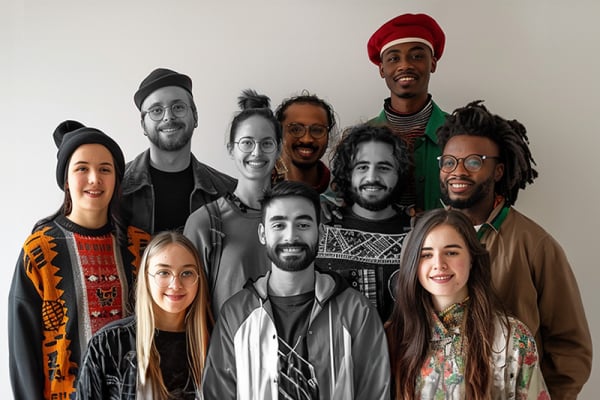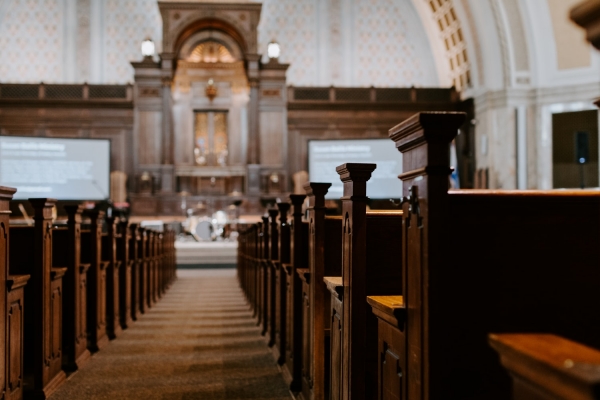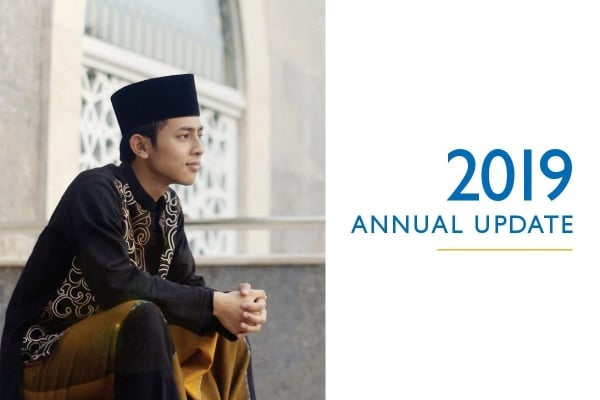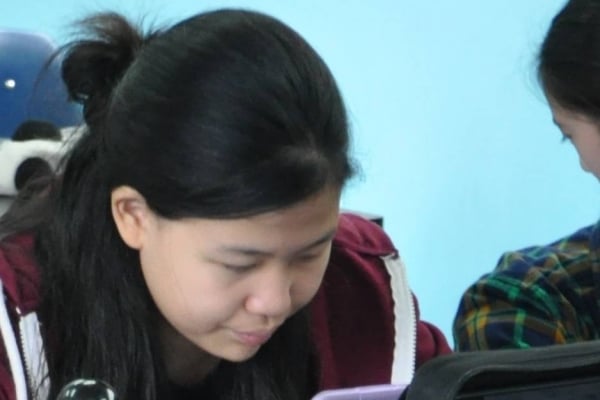
Here to Bring Hope
What does it look like to share the hope of Christ through your profession in a least-reached community? Below, a worker serving in East Asia shares what bringing hope looks like for him and offers a glimpse into his ministry as a part-time software development teacher at a local vocational school.
It’s dark. And it’s cold. I step outside and my jacket shivers as it tries to wrap itself around me for warmth. Even with four layers I can feel the warmth being sucked out of me. Growing up in a warm part of the U.S., I would’ve never thought I’d be living some place where 32 degrees in December was considered “not too bad.”
I make my way to the bus stop. On days when I’m running behind, I take a taxi; but otherwise, at 30 cents a trip, the bus makes me an offer I cannot refuse. On the bus everyone tries to position themselves for warmth: some hold thermoses carrying hot water, others blow on their hands and rub them together. I settle in for the 20-minute ride as we travel into the more undeveloped parts of the city.
The bus shakes and groans as we arrive at my stop. I hop off the bus and head to the school gate with the school guard recognizing me and waving me in. Even though the campus is relatively new, lack of upkeep and proper maintenance make it look older than it is. The glass door of the school building creaks on its hinges, tired of hanging on by 1½ bolts. I push my way through the thick cotton blanket, hung on the front as a crude means of keeping the heat in. I’m here.
The national education system [here] is very formal and very inflexible; tests at every step of the way determine where students will be going next. If you are good at taking tests and good at memorizing and parroting answers, you will likely be given more opportunities at more prestigious schools. None of the students here fall into that category. All of the students at this school were unable to test into traditional four-year bachelor’s degree educational institutions. Families pay for their sons and daughters to attend vocational schools like these as a last grasp at hope for their children, or perhaps just to give them something to do, hoping that the certificates they get might open a door somewhere.
Challenges on the field
Teaching software development is a challenge. While the school has a computer lab, the equipment and software are outdated. I ask for any leftover computer that they might have so that I can install software and programs that I can use to teach my students web application development. They scrounge around and are able to get me a computer from 1998. I bring some of my own equipment, just to make the setup a bit easier.
The students I teach are supposed to be doing their final project in their third year of study, but they don’t understand some of the foundational principles of computer programming. Much of the responsibility rests upon the education system. The teaching methods here don’t emphasize understanding or problem-solving; instead students copy down row after row of code, blindly using the code in projects.
One of my students showed me a whole notebook full of Java code: “You wrote all that!?” I was astounded. “Then you shouldn’t be having any problems understanding what I’m trying to teach!”
“Well, I don’t understand it,” came a sheepish reply. “We just copy it down for our tests.”
It can be frustrating. I teach a concept and walk through it, stopping at each step to ask if there are questions. I give an exercise that is almost a mirror image of the example I just demonstrated. “We understand it when you do it, but we can’t do it ourselves,” sighs one of my students after spending 15 minutes typing randomly at her keyboard.
Sometimes it feels so hopeless. But I have to remind myself that I’m not here to turn these students into the next Mark Zuckerberg, but to give hope. Hope in learning. Hope in connecting. Even hope in faith.
The privilege of giving hope
I was required to give a test to my students, and decided that after the test, I would evaluate it with each student one on one. It was an amazing opportunity to reaffirm to each student that I believed that each one of us was created and loved and that their value didn’t come from the school they attended, the code they wrote (or didn’t write) or the job they were able to get, but that their value came from the Creator.
Some of my best moments have been as I eat lunch with my students, when I hear about their lives in the countryside. I hear about their hopes and dreams and we begin talking about why I’m here, teaching at their school.
I’m extremely grateful to the school for giving me this opportunity to teach. In some ways, I too need to learn the same lessons that I challenge my students with: my value doesn’t come from students learning to code, getting jobs or even responding to my challenges to consider what our life purpose is in light of who our Creator is. My value comes just from being created, redeemed and loved.
Participate by Praying:
- Ask God to use Christar workers serving as teachers to bring true hope to their students and fellow teachers.

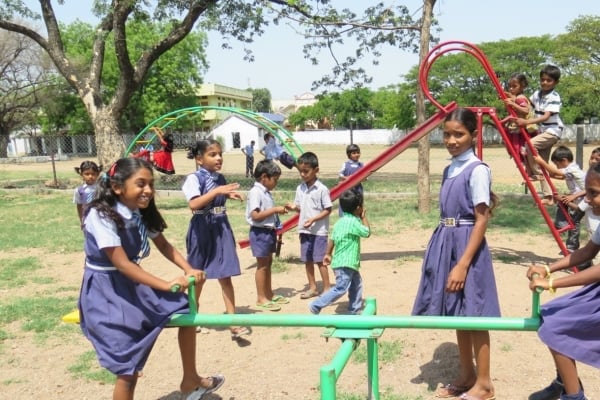


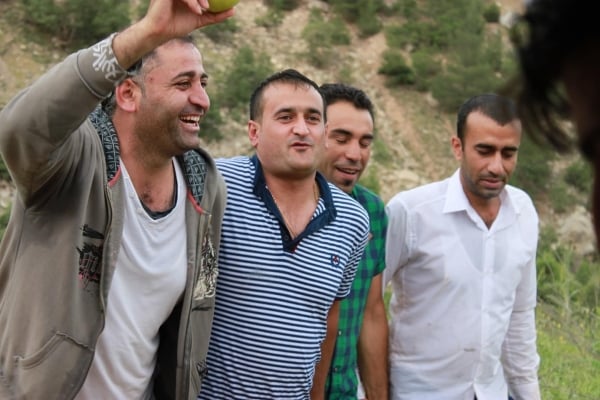
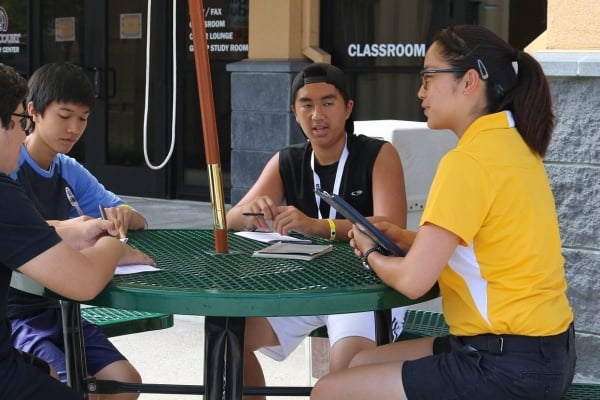
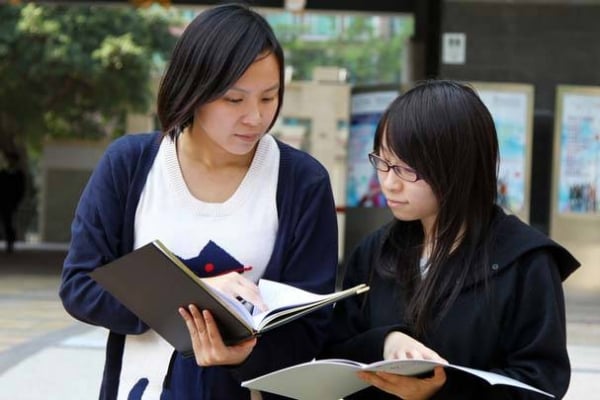


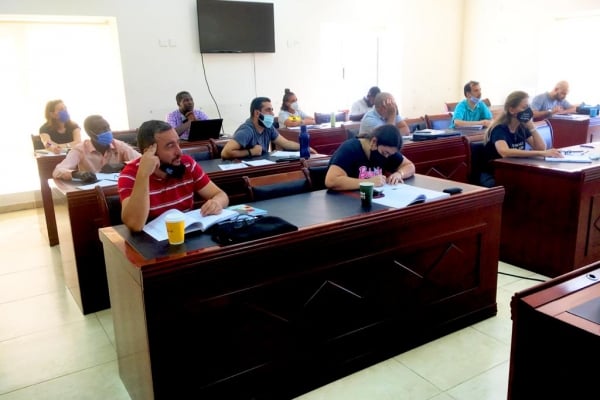
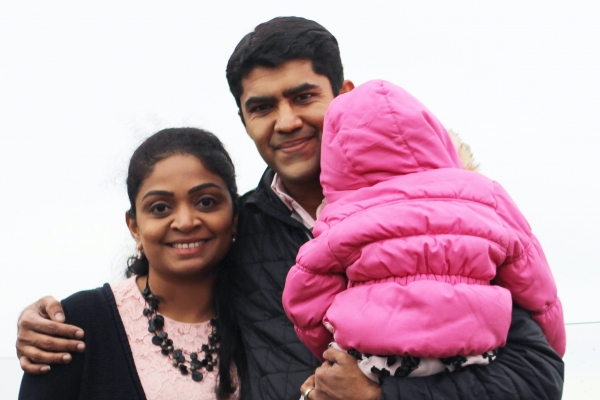

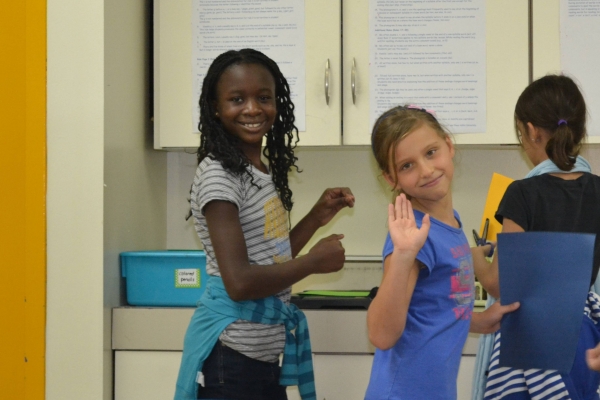


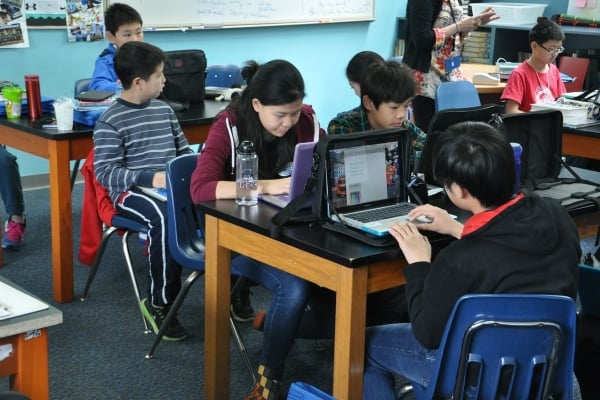
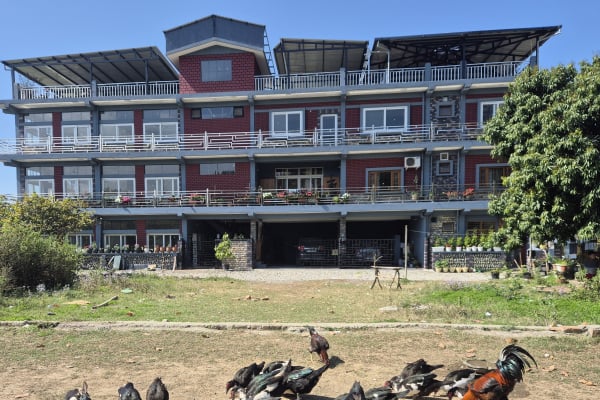


 - Copy_1639552908_600x400.jpg)

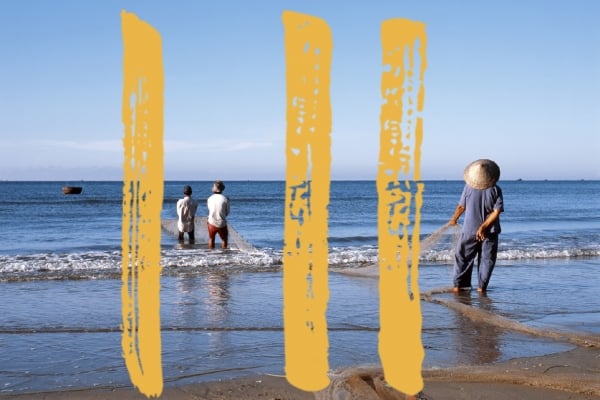








_1654032461_600x400.jpg)






